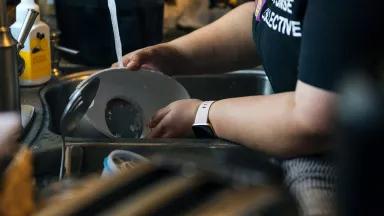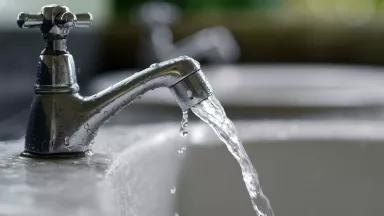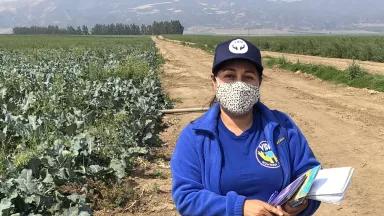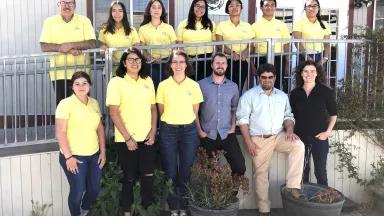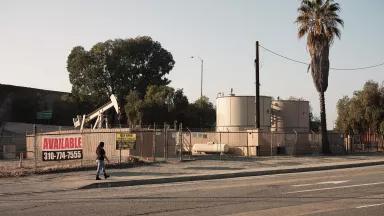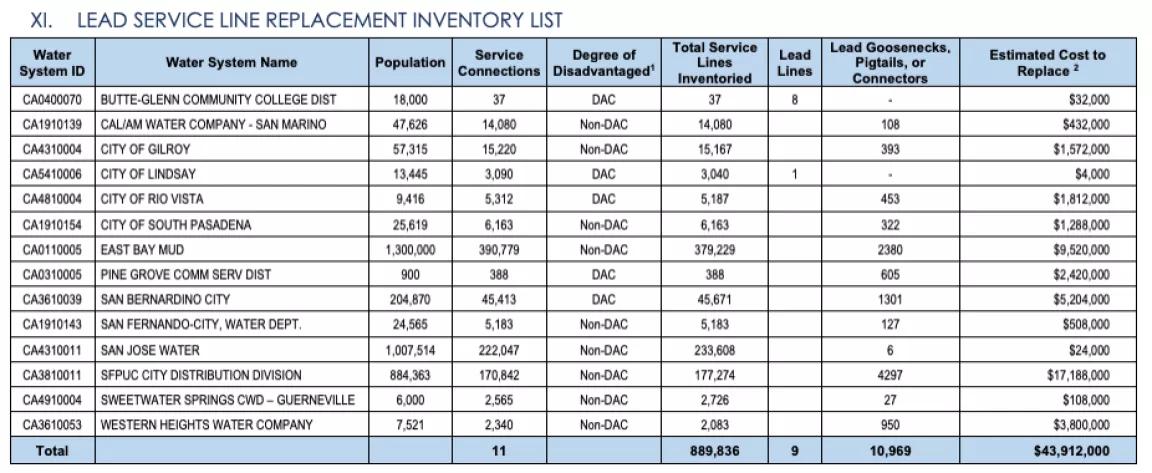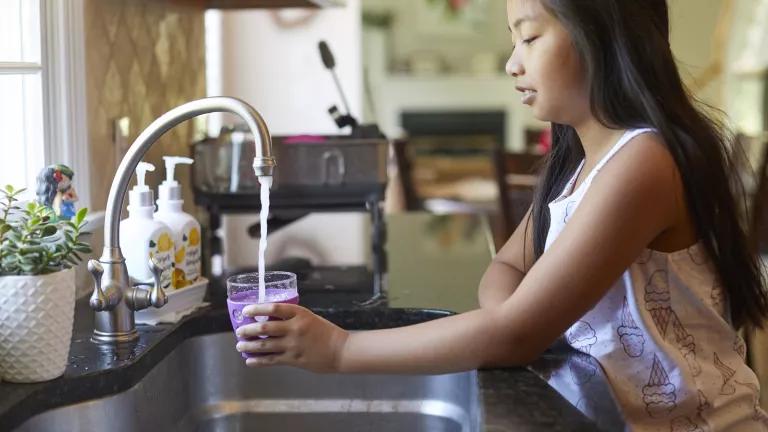Does California Have a Lead in Drinking Water Problem?
More testing and proper lead service line replacement is needed throughout the state.
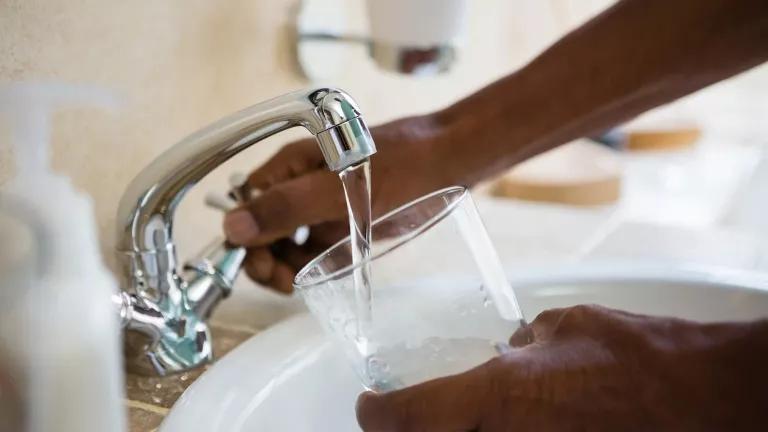
iStock
It has been nearly eight years since the Flint water crisis and yet we continue to see how lead-contaminated drinking water threatens human health and disproportionately impacts vulnerable communities across the country. As headlines of lead in drinking water continue to make news in the Midwest and in northeastern cities, it may be surprising to some to learn that right here in California, we have our own issues with lead in drinking water as well.
In 2016, Fresno residents were concerned about “rusty, discolored water” coming from their pipes. Nearly 14% of children tested in one Fresno neighborhood had reported high lead levels, 25% of schools in Fresno reported finding lead coming from their drinking water fountains, and 40 homes had lead levels above the federal limit. Expanded testing found an additional 300 homes had lead coming from their faucets, leading to class action lawsuits. Fresno found that lead was leaching into their water through corroding and unwrapped galvanized pipes.
Lead is a heavy metal that can leach from old, corroded plumbing and cause serious damage that affects the nervous system, cognitive ability, fertility, and more. Health experts agree that there is no safe level of lead, which means any level is dangerous. Water systems cannot continue to neglect their aging water infrastructure and wait for another crisis to strike. The irreversible damage that lead exposure can cause makes it imperative for water systems to replace lead service lines now and ensure safe drinking water for its residents before it is too late.
Lead-contaminated drinking water is not unique to just these cities. A NRDC study found that 186 million Americans drank water from drinking water systems that detecting lead levels exceeding the level of 1 part per billion (ppb). Another analysis by NRDC found there are up to 12 million lead service lines in the United States, while EPA estimates as many as 10 million.
Although the information on where the lead service lines are in our drinking water systems is incomplete and lacking, it has become increasingly clear that lead plumbing is a problem across the country, including California.
A significant portion of California’s drinking water infrastructure, including lead service lines and components, is outdated and in need of replacement. EPA’s most recent Drinking Water Infrastructure Needs Survey and Assessment shows that California will need over $51 billion over the next 11 years to maintain and improve its drinking water infrastructure. Thankfully, new federal funding offers hope.
The Bipartisan Infrastructure Law (BIL) is a once-in-a-generation down payment into our nation’s aging infrastructure and can begin to help California ensure that its residents have access to safe, clean drinking water. Nearly $15 billion is dedicated specifically to replace lead service lines in the United States, and California is slated to receive almost $250 million annually over the next five years.
This dedicated funding will be crucial in helping California address its drinking water infrastructure needs, and positions the state to help avoid another drinking water crisis. However, as we approach the second year of BIL funding, it will be critical for California to spend the money in an effective and equitable way.
Below is an outline of key considerations that California must heed if it wants to get the lead out of the drinking water:
- Prevent partial lead service line replacement by removing any materials that can be a source of lead, including galvanized lines. The state should be concerned about the lead exposure from galvanized lines that have been, or currently are, downstream from lead parts because they can capture and build up lead from sources upstream and release lead into the home. Additionally, galvanized lines themselves can contain lead . The significant harm posed by galvanized plumbing has been documented in California cities like San Francisco, Fresno, and Washington, D.C. In response to Fresno’s drinking water crisis where corroded galvanized pipes were leaching lead into residents’ drinking water, the city banned the use of galvanized plumbing in new construction. The hazard that galvanized plumbing poses is happening in our own state, which is why the state must act quickly to protect Californians from all lead sources, including lead-tainted galvanized lines. States, like Michigan, Illinois, and New Jersey recognize the health risk of galvanized lines downstream of lead parts and require them to be removed altogether.

Although California’s lead service line inventory is far from adequate, the Division of Drinking Water estimates there are 560,000 utility-side galvanized lines and an unknown number of customer-side galvanized lines, many of which may very well be delivering lead-contaminated water to Californians. Leaving galvanized lines in the ground is dangerous to public health and a waste of resources if the state will have to dig up the lines again for replacement.
- Address California’s serious lack of lead data by investing in a detailed materials inventory of its drinking water distribution system and developing a robust water testing program to obtain lead sample data. Currently, as set forth in the list below, California estimates that there are just 9 lead lines and 10,969 lead components on the utility-side, but no information on the number of lead lines, components, or galvanized lines on the customer-side. This lack of data is very concerning and likely contributes to the lack of urgency for and accountability of water systems to address their aging plumbing that could be leaching lead into drinking water. The state must take necessary steps to develop a detailed inventory of all materials used in the distribution system on both the utility- and customer-side across the state.
California’s dearth of lead sampling data also presents an issue in understanding the magnitude of the state’s lead problem. An analysis of the results from a 2017 law that required lead testing in schools built before 2010 showed nearly 1 in 5 of the 8,200 schools exhibited drinking water fountains that had lead levels greater than 5 ppb, the limit of 5 ppb set by the Food and Drug Administration for bottled water. However, data gaps still remain. Taking multiple samples of water, like the first and fifth liter of water drawn from the tap, can also help further zero in on whether the lead is coming from the faucets and fixtures in the home or from the distribution system pipes.
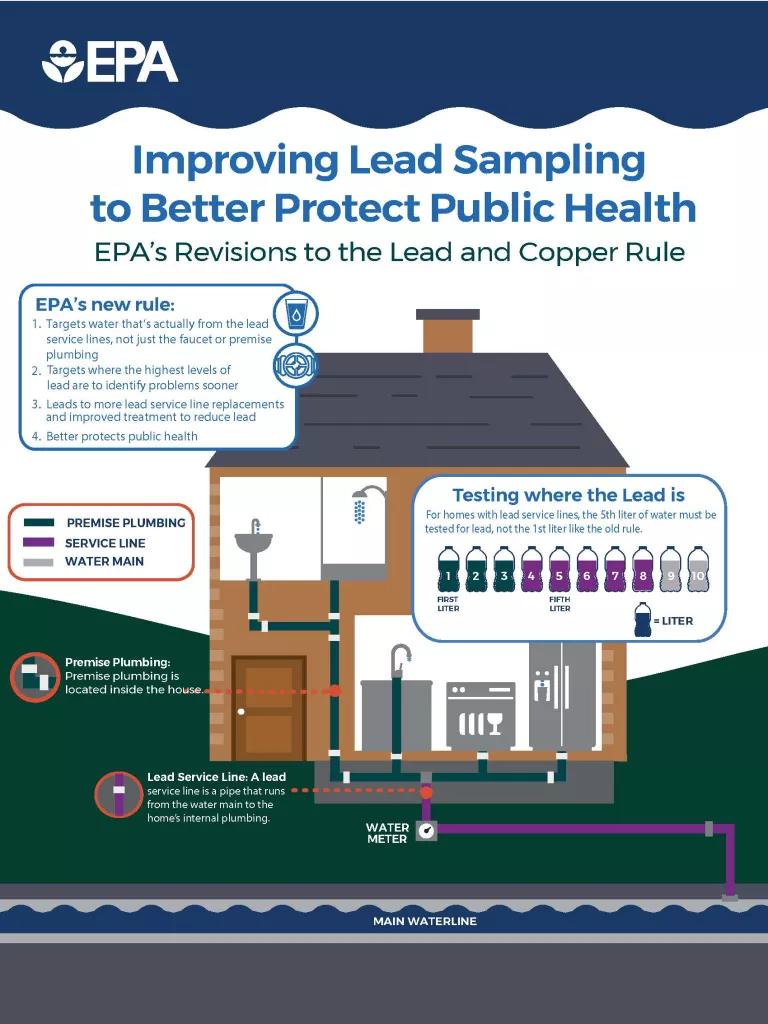
- Protect Californians by ensuring the provision of basic public health safeguards, such as notice, testing, and filters, when lead service lines are replaced or disturbed. The lead pipe replacement process and other unplanned disturbances, like water meter and main replacements, can cause spikes in lead levels because construction activity may dislodge more lead from the service lines. This makes providing notice (in the appropriate language for that community), education, and point-of-use or pitcher filters to residents, especially to families with children and other high-risk residents, prior to lead service line replacement incredibly important to protecting their health. After lead service lines are replaced, conducting water lead testing is critical to ensure that all the lead has been flushed out, filters are properly working, and the water is safe to drink.
-
Consider equity and affordability in the state’s lead service line replacement activities by leveraging federal funding to cover necessary customer-side replacements. A NRDC study found that the rate of drinking water violations increased in communities of color and low-income communities. Due to redlining and environmental injustice, people of color are more likely to live in communities with lead pipes. Moreover, the cumulative impacts of having multiple sources of lead, such as gas and paint, are more severe in communities of color and lead-contaminated drinking water further contributes to the total harm to human health in these communities. Piling on the financial burden of replacing lead lines and parts would further exacerbate existing inequities and result in partial replacements as well as continued lead exposure. When residents cannot afford the thousands of dollars to replace their customer-side lead service line, this leads to partial replacements and continued lead exposure because lead lines are still left in the ground.
A recent study in Washington, D.C., showed that household income and race were major predictors of who was able to fully replace their lead service line. Communities of color are also disproportionately low-income and have low homeownership rates, meaning that failing to provide funding for full replacements can result in partial replacement disproportionately impacting residents of color. California must ensure that water systems receiving funds from BIL fully pay for replacement activities without charging individual property owners to make certain that socioeconomic factors do not preclude Californians from having safe drinking water.
Instead of waiting around for another drinking water crisis to happen, California has an opportunity and the funding to do this right and address its lead service line issues once and for all. The replacement of these lead service lines is a critical step in protecting the health of California's residents and ensuring that they have access to safe and clean drinking water.
Millions of Americans drink tap water served by toxic lead pipes.
Tell the EPA we need safe drinking water!
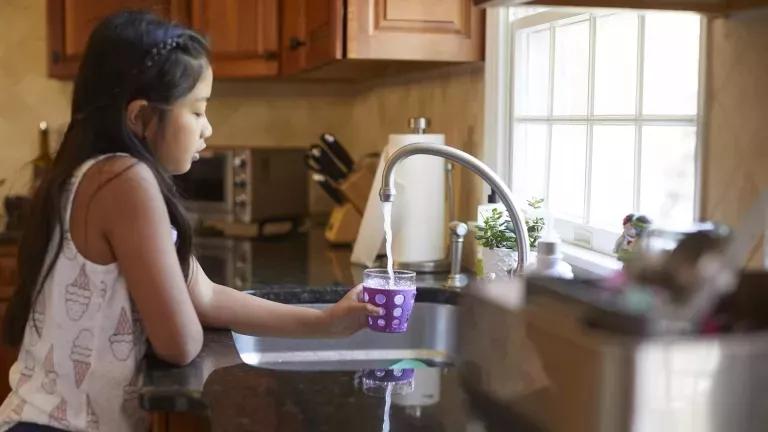
Tell the EPA we need safe drinking water!
There is no safe level of lead exposure. But millions of old lead pipes contaminate drinking water in homes in every state across the country. We need the EPA to do its part to replace lead pipes equitably and quickly.

